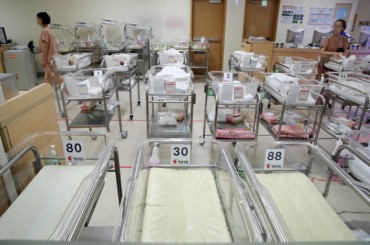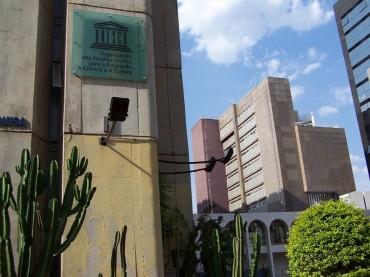
Only 58.8% of respondents reported having a dedicated science section or broadcast time in their media outlets this year. (Image courtesy of Korea Bizwire)
SEOUL, Sept. 26 (Korea Bizwire) – A recent survey has revealed a concerning trend in South Korean media: the gradual reduction of dedicated science sections and specialized science reporting teams in newsrooms across the country.
The Korea Science Journalists Association (KSJA) released these findings on September 25 as part of its “Survey on the Current State of Science Journalism and Reporting Environment.”
The study, conducted to commemorate the association’s 40th anniversary, gathered responses from 119 journalists covering science-related fields.
According to the survey, only 58.8% of respondents reported having a dedicated science section or broadcast time in their media outlets this year.
This marks a significant decrease from 2009, when a similar study found 75.6% of respondents working with dedicated science coverage areas.
The presence of both specialized science reporting teams and expert science journalists has also declined, dropping from 51.2% in 2009 to 39.5% in 2024.
Conversely, the percentage of newsrooms with neither specialized teams nor expert science journalists has risen from 4.9% to 14.3% over the same period.
Science journalists rated the level of reporting support within their organizations at an average of 2.76 out of 5 points, lower than the 2.99 points general journalists gave in a 2023 survey by the Korea Press Foundation.
They also gave lower scores for interdepartmental cooperation and the accumulation of basic in-house research materials compared to their peers in other beats.
Despite these challenges, science journalists reported higher job satisfaction than the average journalist, scoring 7.11 out of 10 compared to the general average of 6.09 in last year’s survey.
The study also highlighted a shift in the educational background of science journalists. In 2024, only 41.2% of science journalists had majored in science or engineering, down from 63.5% in 2009.
Yoo Yong-ha, president of the KSJA, expressed concern over the findings. “While our association has grown from 13 member companies and 51 regular members in 1984 to 54 companies and 400 members in 2024, we’ve confirmed through this survey that the share of science news within media outlets is actually shrinking,” Yoo said.
He added that the association plans to seek solutions to this crisis and expand science coverage through collaborative efforts with both member journalists and the scientific community.
The full report of the survey results will be available on the KSJA’s website, offering a comprehensive look at the state of science journalism in South Korea.
M. H. Lee (mhlee@koreabizwire.com)






